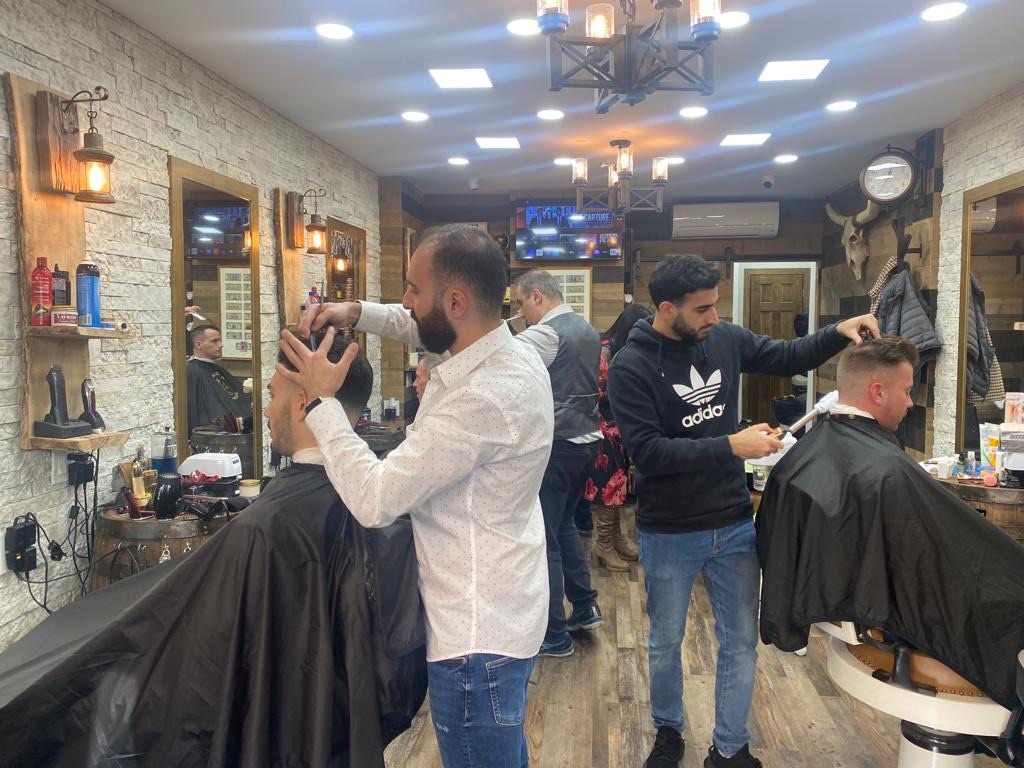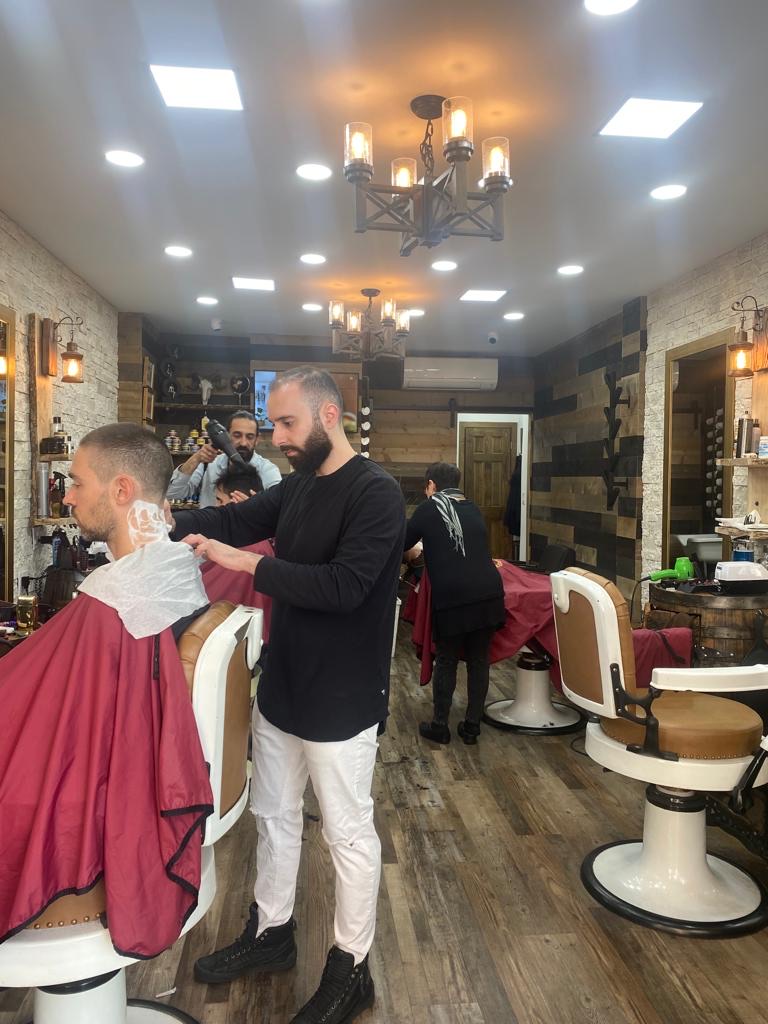Frequently Asked Questions
To seamlessly blend a low fade into a mid fade, a barber can employ several advanced techniques that ensure a smooth transition between the different fade levels. Utilizing clipper-over-comb methods allows for precise control over the hair length, while adjusting the clipper guard sizes incrementally helps achieve a gradual taper. The use of blending shears can soften any harsh lines, creating a more natural look. Mastery of the scissor-over-comb technique is crucial for refining the fade and ensuring a seamless blend. Additionally, employing a trimmer for detailing around the hairline and edges can enhance the overall precision of the fade. The barber should also pay attention to the client's head shape and hair texture, as these factors influence the fade's appearance. By combining these techniques with a keen eye for detail and a steady hand, a barber can create a flawless transition from a low fade to a mid fade, resulting in a polished and cohesive hairstyle.
To ensure a smooth transition between a skin fade and a taper fade, a barber must meticulously blend the two styles using precise clipper techniques and attention to detail. The process begins with establishing a clear demarcation line where the skin fade ends and the taper fade begins, often around the temple or nape area. Utilizing a range of clipper guard sizes, the barber gradually increases the length from the skin fade's zero guard to the taper fade's longer guard, ensuring a seamless gradient. Employing techniques such as clipper-over-comb and scissor-over-comb can help refine the blend, eliminating any harsh lines or discrepancies. The use of a trimmer for detailing around the hairline and edges further enhances the transition, providing a polished and cohesive look. Consistent checking with mirrors and adjusting the fade with a comb and shears ensures that the transition is smooth and natural, maintaining the integrity of both the skin fade and the taper fade.
The best tools for blending different fade lengths on curly hair include high-quality clippers with adjustable guards, which allow for precise control over the fade gradient. Clippers with a powerful motor and sharp blades are essential for cutting through curly textures without snagging. A taper lever on the clippers provides additional flexibility in achieving seamless transitions between lengths. For detailing and refining the fade, a pair of professional-grade barber scissors is crucial, as they enable precise snipping of stray curls and help in texturizing the hair. A comb with both wide and fine teeth is indispensable for sectioning and managing curls during the cutting process. Additionally, a trimmer with a narrow blade is ideal for edging and defining the hairline, ensuring a clean finish. To maintain the integrity of the curls while blending, a spray bottle filled with water or a curl-enhancing leave-in conditioner can be used to keep the hair hydrated and manageable. Finally, a handheld mirror is useful for checking the fade from different angles, ensuring a consistent and even blend throughout.
To achieve a natural-looking blend between a drop fade and a burst fade, a barber must skillfully navigate the transition zones using precise clipper techniques and adept scissor-over-comb methods. The drop fade, characterized by its gradual descent behind the ear, requires careful tapering to seamlessly integrate with the burst fade's radial pattern around the ear. Utilizing a range of clipper guard sizes, the barber should focus on creating a smooth gradient, ensuring the fade line is meticulously softened. Employing texturizing shears can further enhance the blend by removing bulk and adding dimension. Attention to detail is crucial, as the barber must maintain symmetry and balance, ensuring the fade complements the client's head shape and hair texture. By incorporating techniques such as point cutting and razor detailing, the transition between the drop and burst fades can be made virtually imperceptible, resulting in a cohesive and polished hairstyle.
Common mistakes to avoid when blending a high fade with a pompadour style include failing to maintain a seamless transition between the fade and the voluminous top, which can result in a disjointed appearance. Barbers often err by not using the right clipper guard sizes, leading to uneven gradation and harsh lines. Another frequent error is neglecting to properly texturize the hair, which can cause the pompadour to appear flat and lifeless instead of full and dynamic. Additionally, improper use of styling products, such as applying too much pomade or gel, can weigh down the hair, making it difficult to achieve the desired lift and hold. It's also crucial to consider the client's hair type and natural growth patterns, as ignoring these factors can result in a style that is difficult to maintain and lacks cohesion. Finally, rushing through the blending process without paying attention to detail can lead to an unpolished finish, undermining the overall aesthetic of the high fade pompadour.

